Understanding Chess Ratings and Grandmaster Status
Chess is a strategic board game that has long been analyzed and revered across the world. The title of Grandmaster (GM) is the highest title awarded by FIDE, the international chess federation. A player's chess rating, on the other hand, is a numerical value given to players based on their game performance against other rated players. The rating system is crucial for determining rankings and qualifications for different chess titles, including that of Grandmaster.
The Role of the ELO Rating System
The Elo rating system, developed by Arpad Elo, is the method used by FIDE to calculate the relative skill levels of players. Chess ratings fluctuate as a player participates in rated games. Winning against a higher-rated player will increase a player’s rating more significantly than winning against a lower-rated player.
How is the Grandmaster Title Achieved?
Earning the title of Grandmaster involves meeting several criteria set by FIDE, which include achieving a peak rating of at least 2500 Elo points at any time during the player's career. However, merely reaching this rating does not guarantee the GM title. Players must also earn three Grandmaster norms, which are high levels of performance typically achieved in high-profile tournaments. These norms must be achieved in tournaments meeting certain criteria regarding tournament format, number and rating of participants, and geographic diversity.
Grandmaster Title Requirements
To clarify, achieving a peak rating of 2500 is not sufficient on its own to grant a player the GM title. The player must also meet the performance standards set by FIDE in the form of Grandmaster norms. These norms are meant to ensure that the player can perform consistently at a high level, not just reaching a specific rating momentarily. The norms must come from tournaments that include other titled players and provide a substantial competitive challenge.
Historical Context and Significance
The title of Grandmaster was first awarded by FIDE in 1950. The criteria have evolved over the years, but the essence remains that reaching Grandmaster status is a significant achievement denoting a high level of mastery and understanding of the game. Notable Grandmasters include legends like Garry Kasparov, Magnus Carlsen, and Bobby Fischer, each of whom has surpassed the basic requirements for the title through extraordinarily high ratings and international successes.
The Impact of Chess Ratings on Players’ Careers
While the Grandmaster title is a coveted achievement, the rating of a chess player is also a critical metric that impacts their career. It affects their eligibility and seeding in tournaments, their reputation in the global chess community, and their opportunities for teaching or writing about chess. Players often aim to increase their ratings for better qualifying positions in prestigious tournaments and invite-only events.
Conclusion
Becoming a Grandmaster in chess is not merely about crossing a numerical threshold but also about proving one's sustained competitive prowess and versatility against other top players under varying conditions. In chess, as in many areas of life, the journey to the top is as significant as the destination itself, marked by constant learning, strategic planning, and mental fortitude.
Explore our large collection of luxurious chess sets!


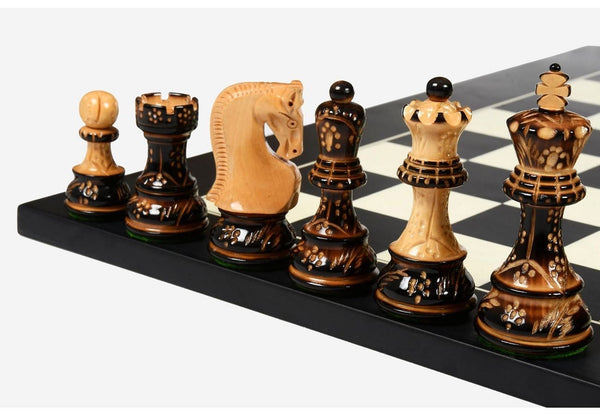

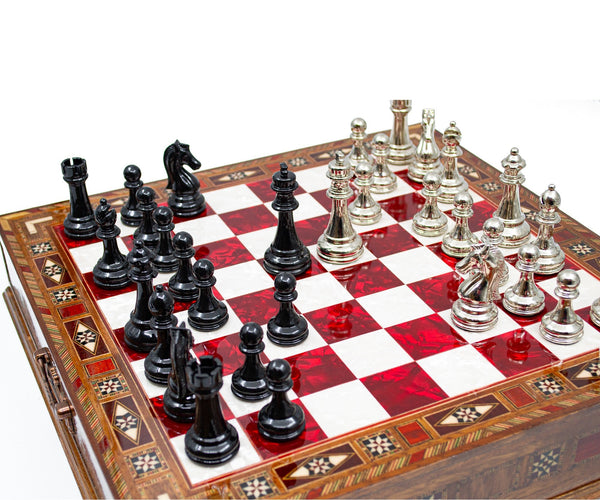
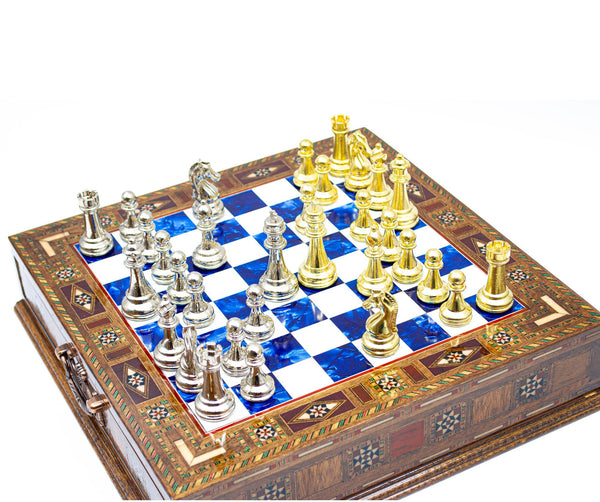
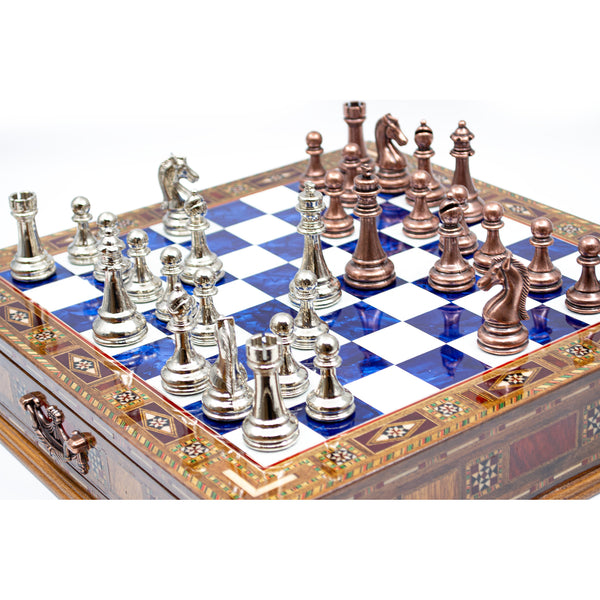
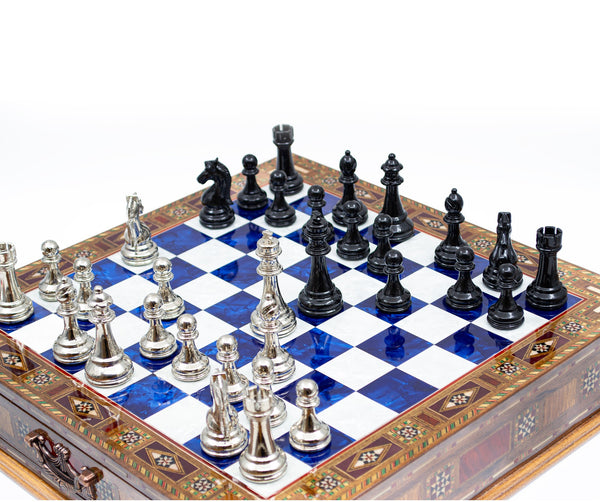



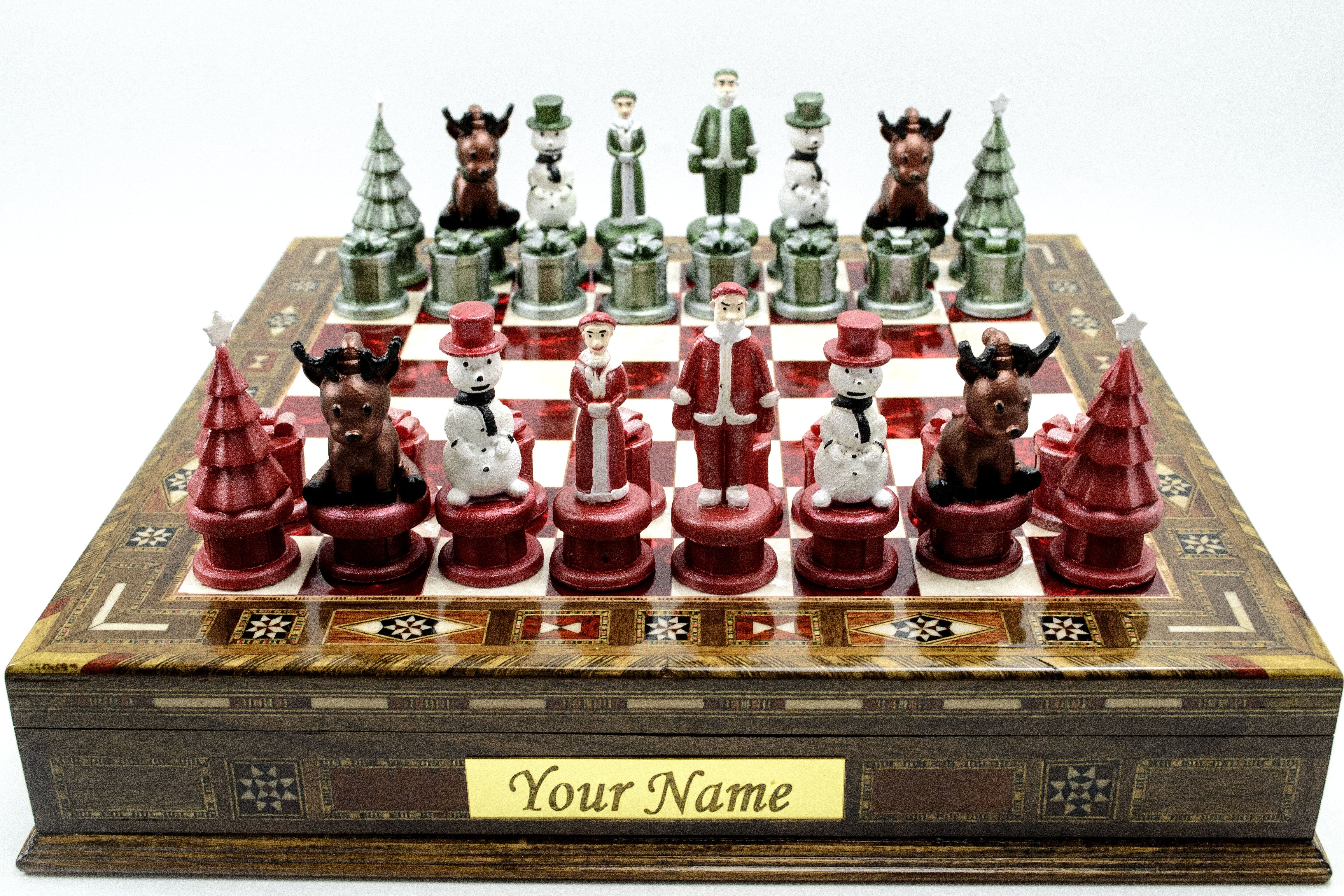






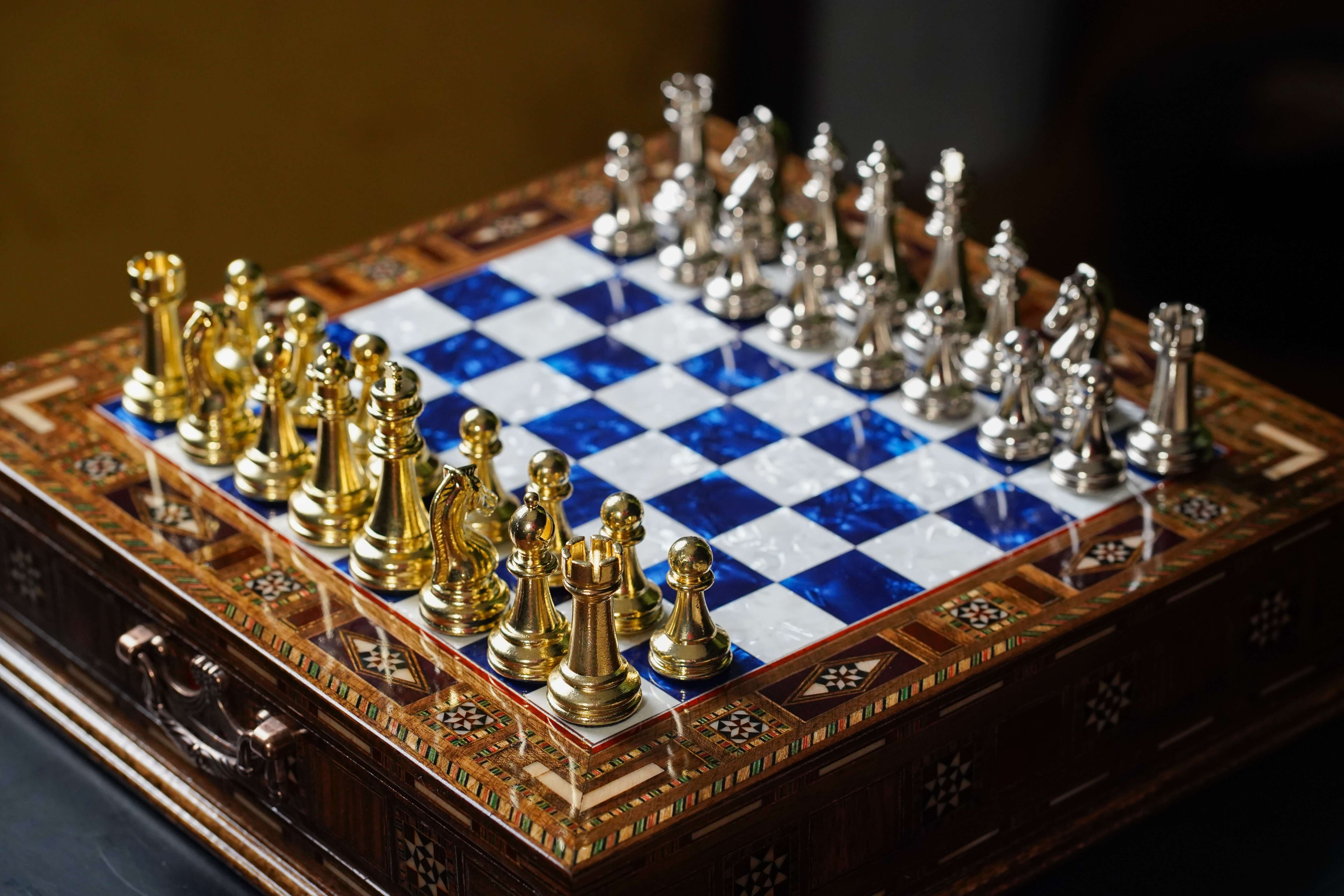
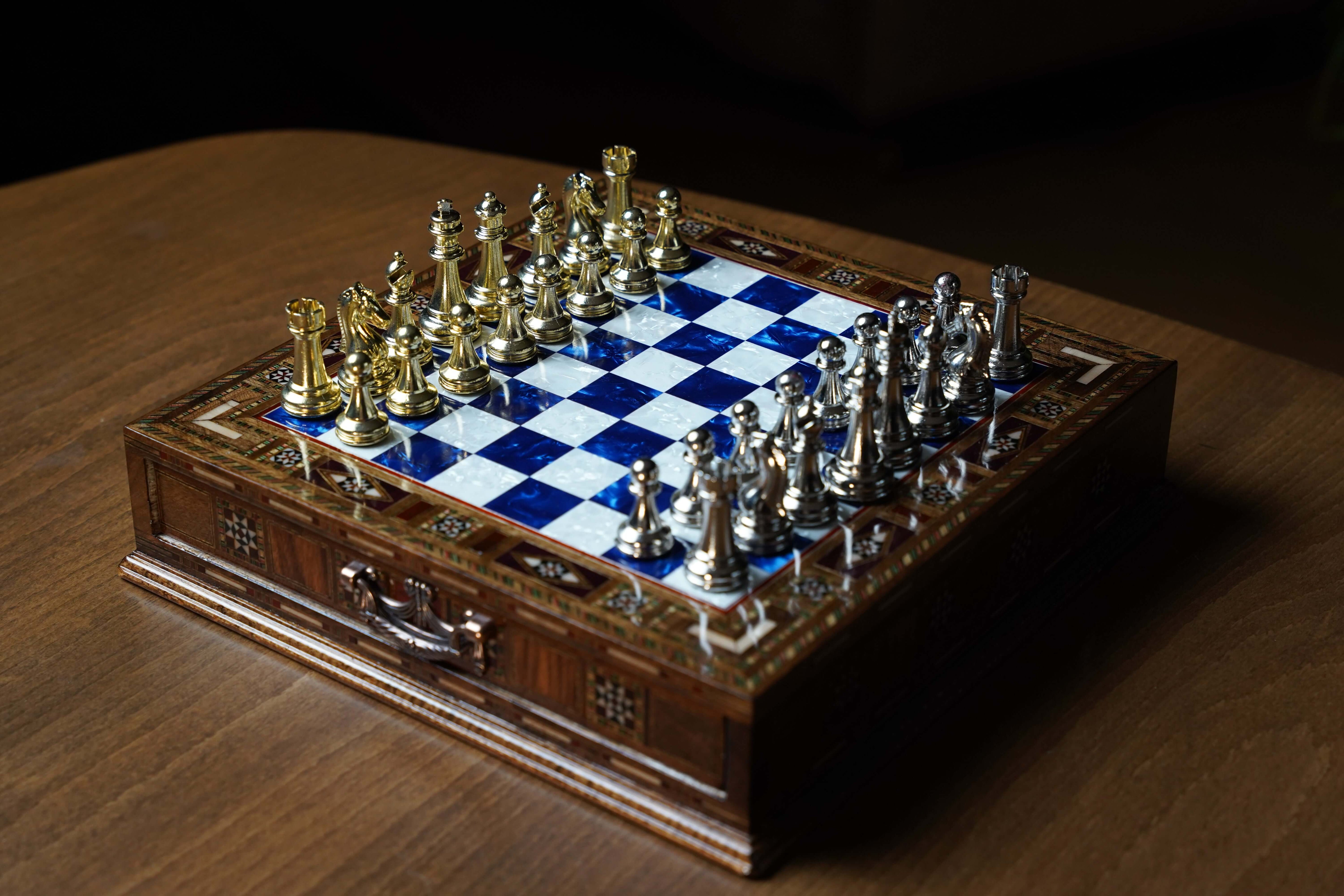
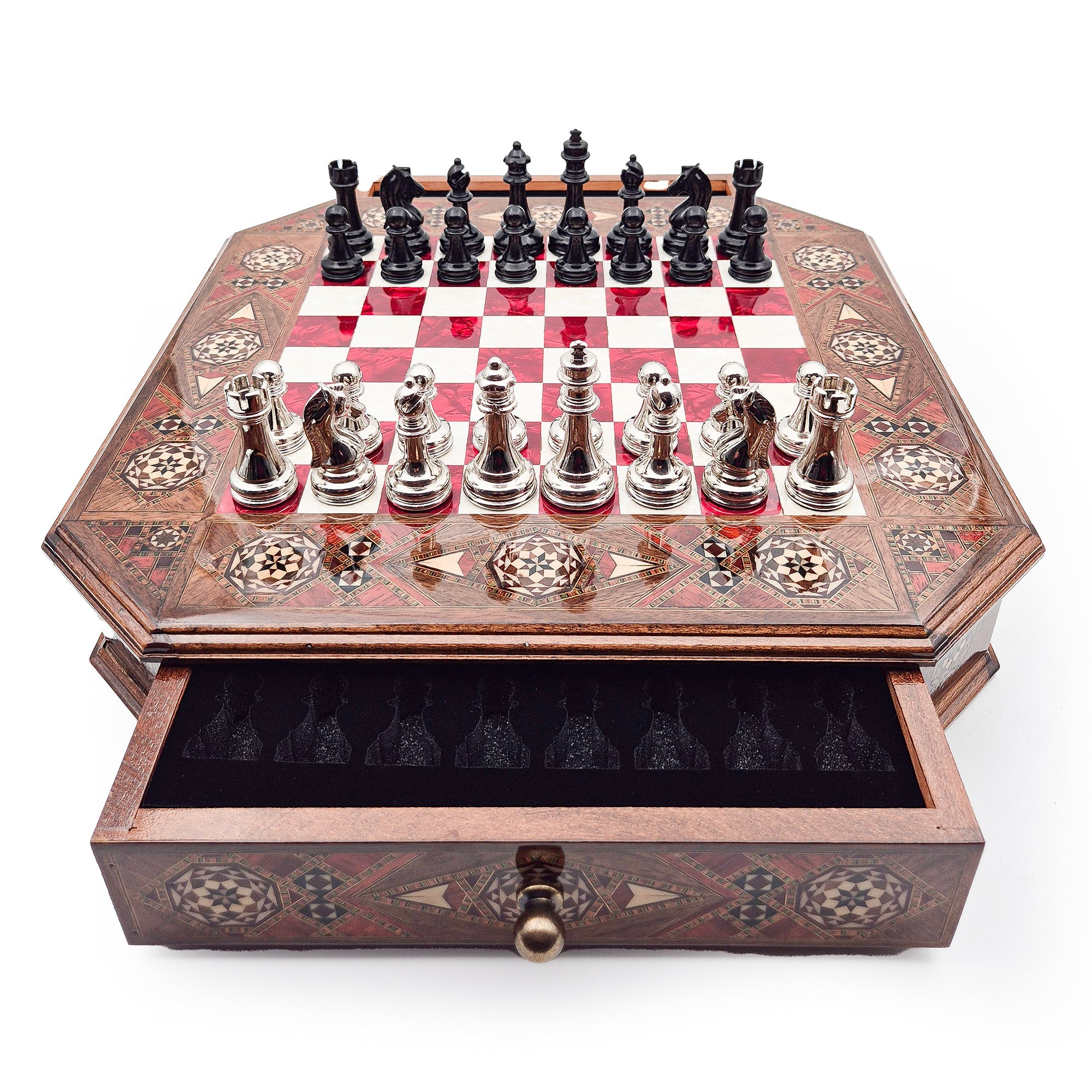
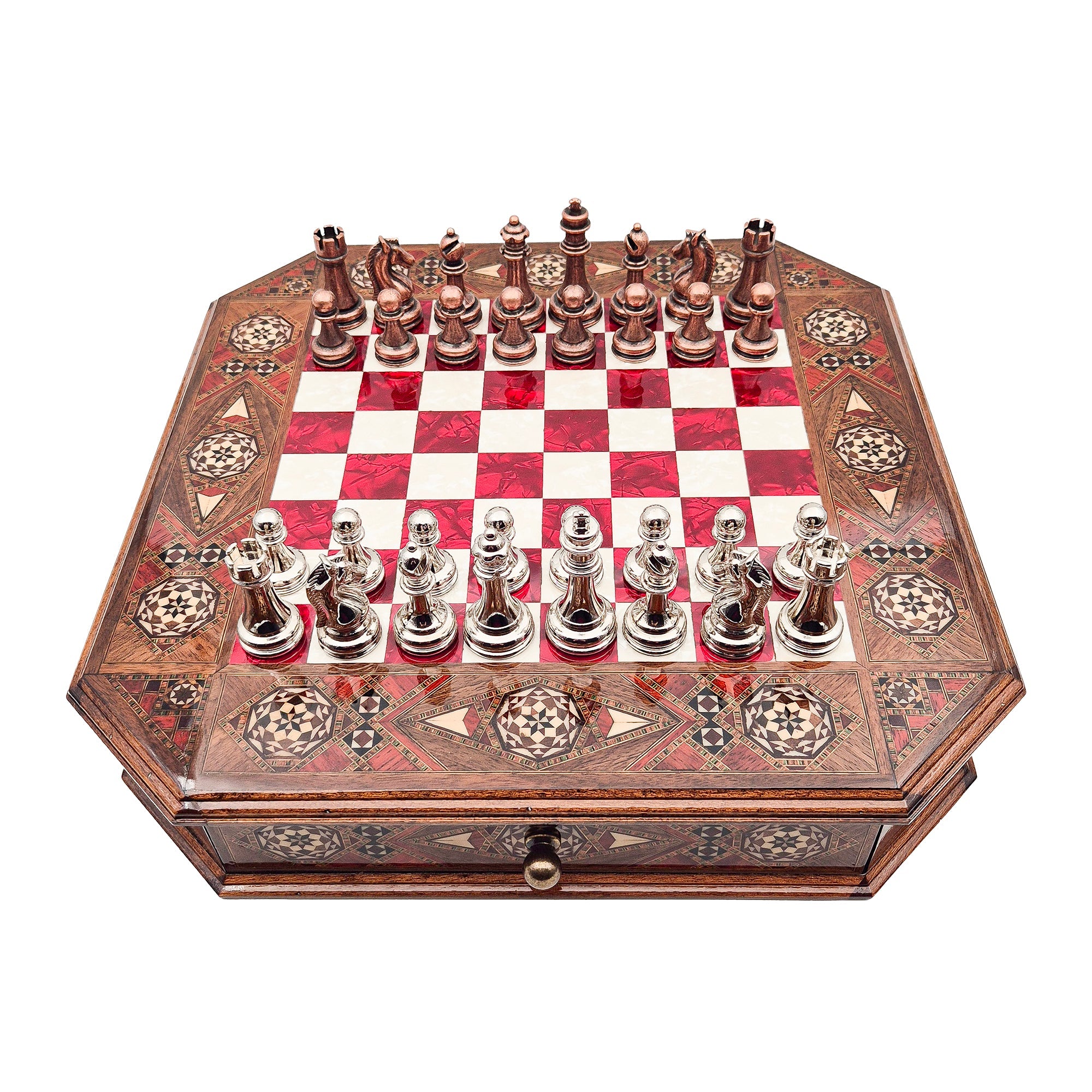
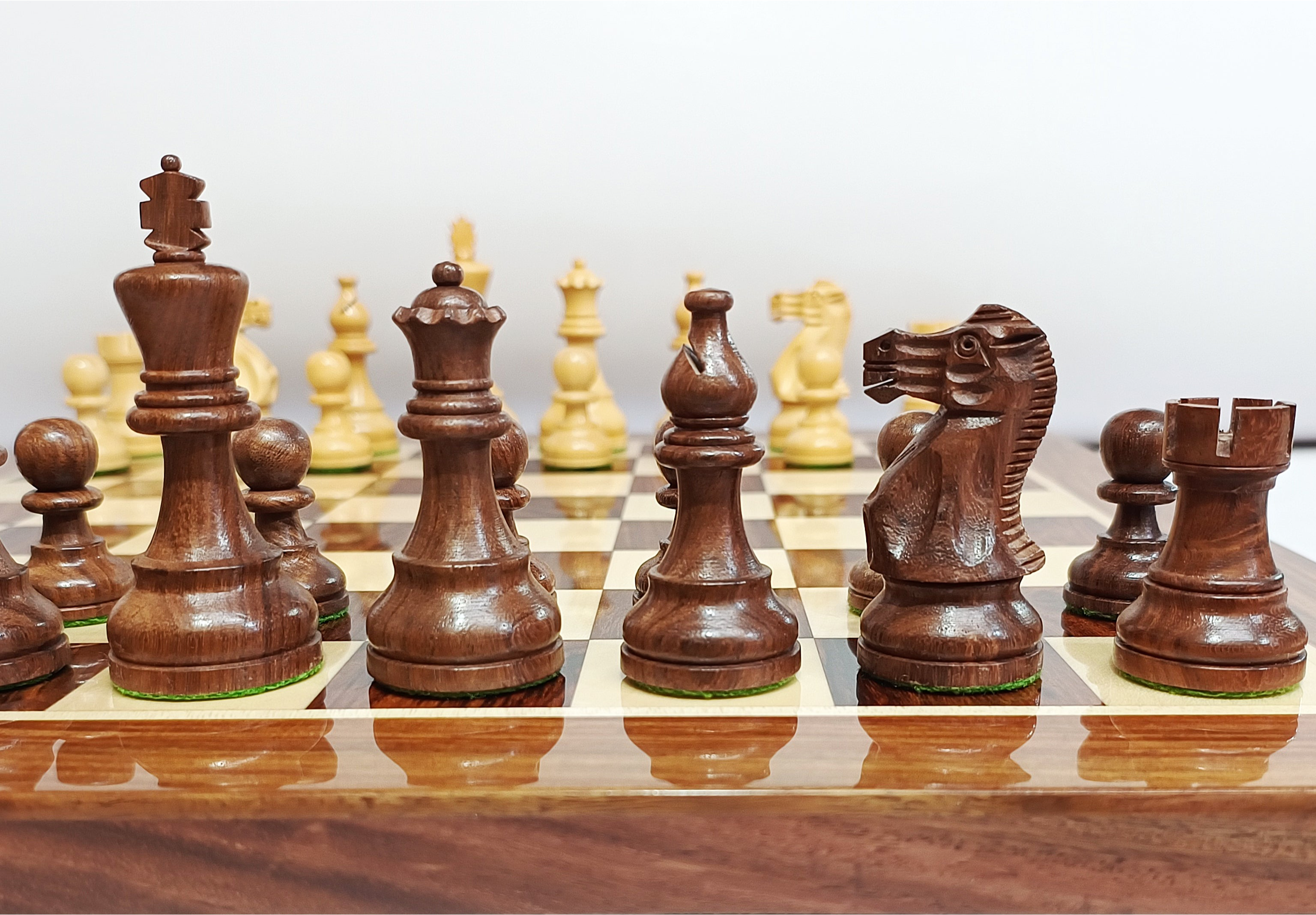

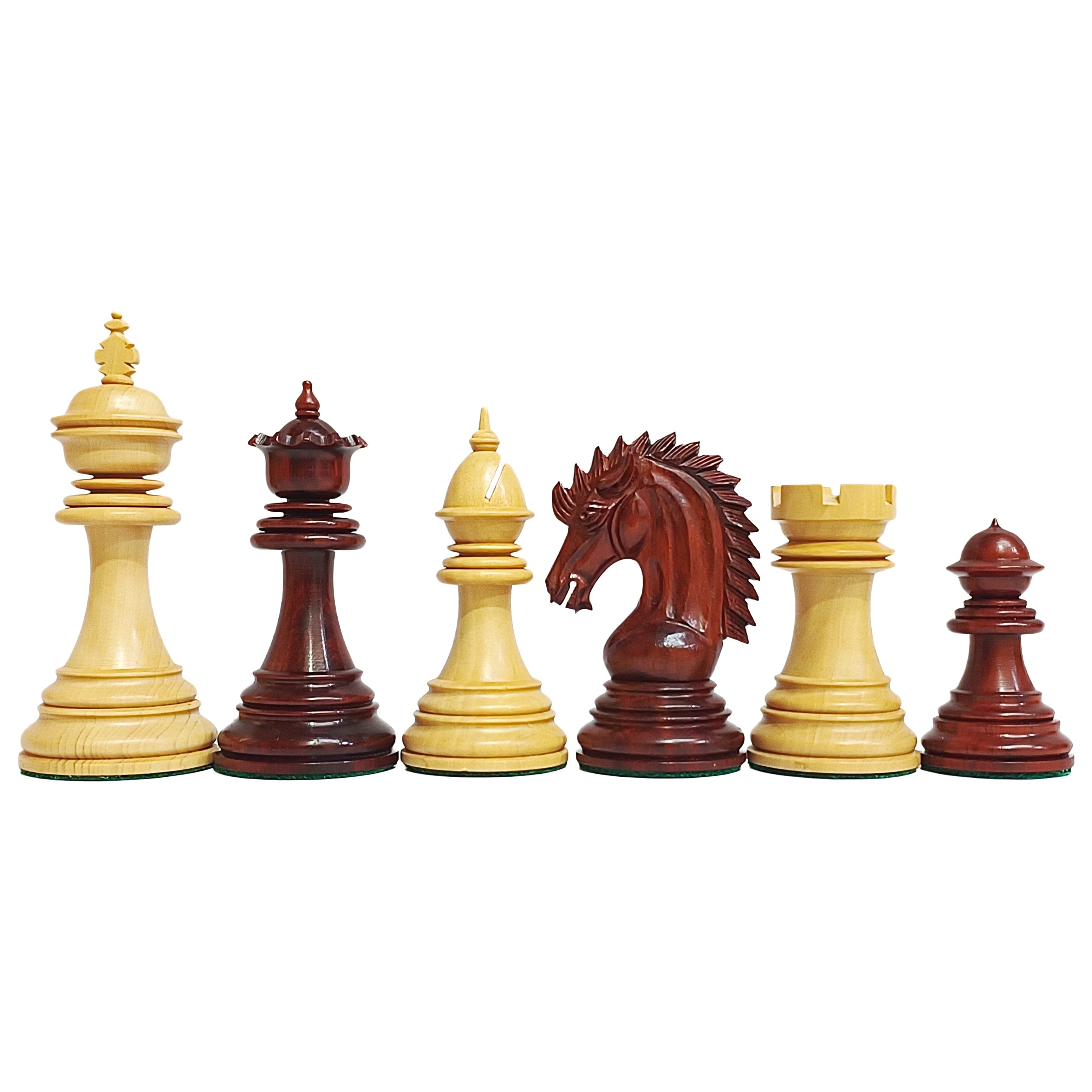
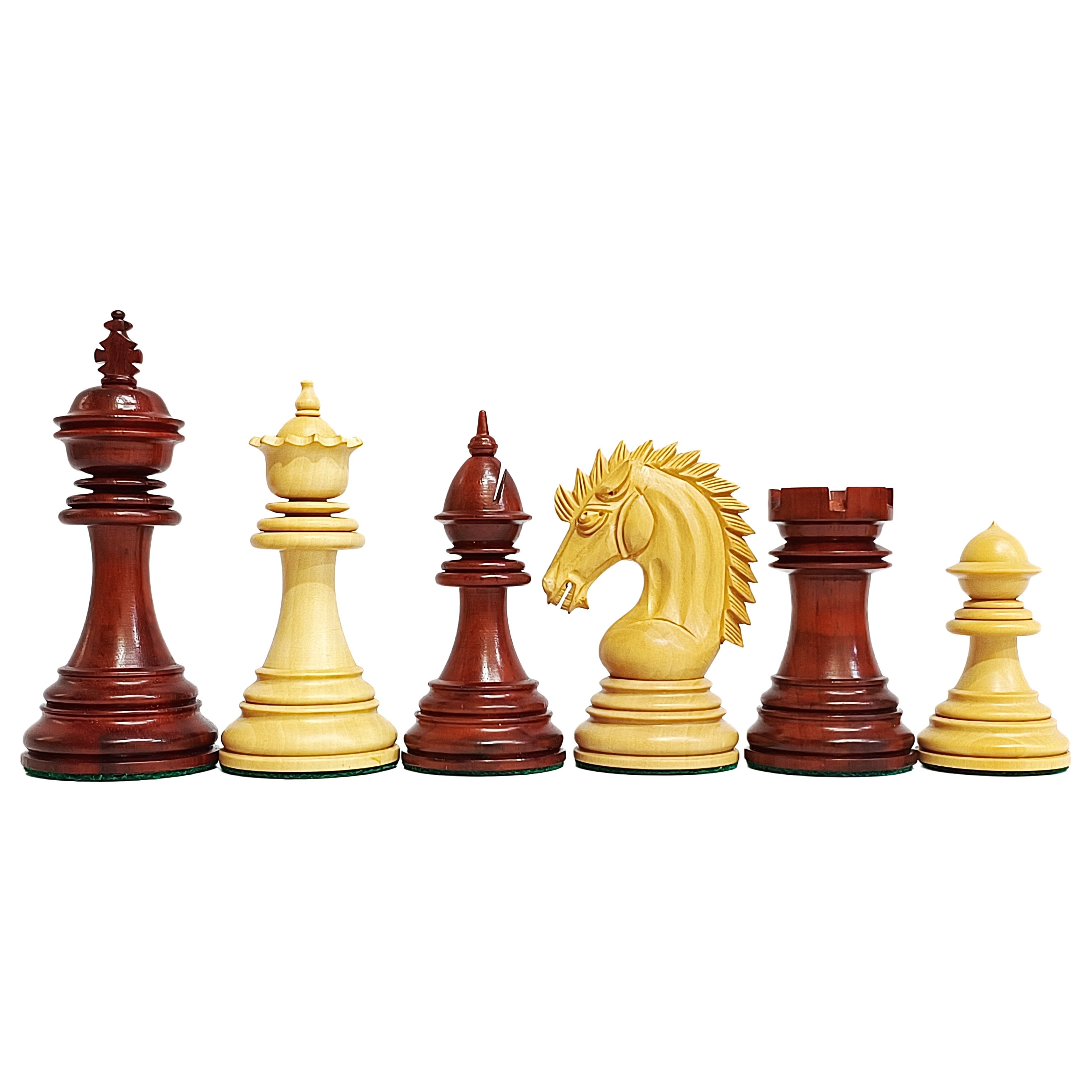


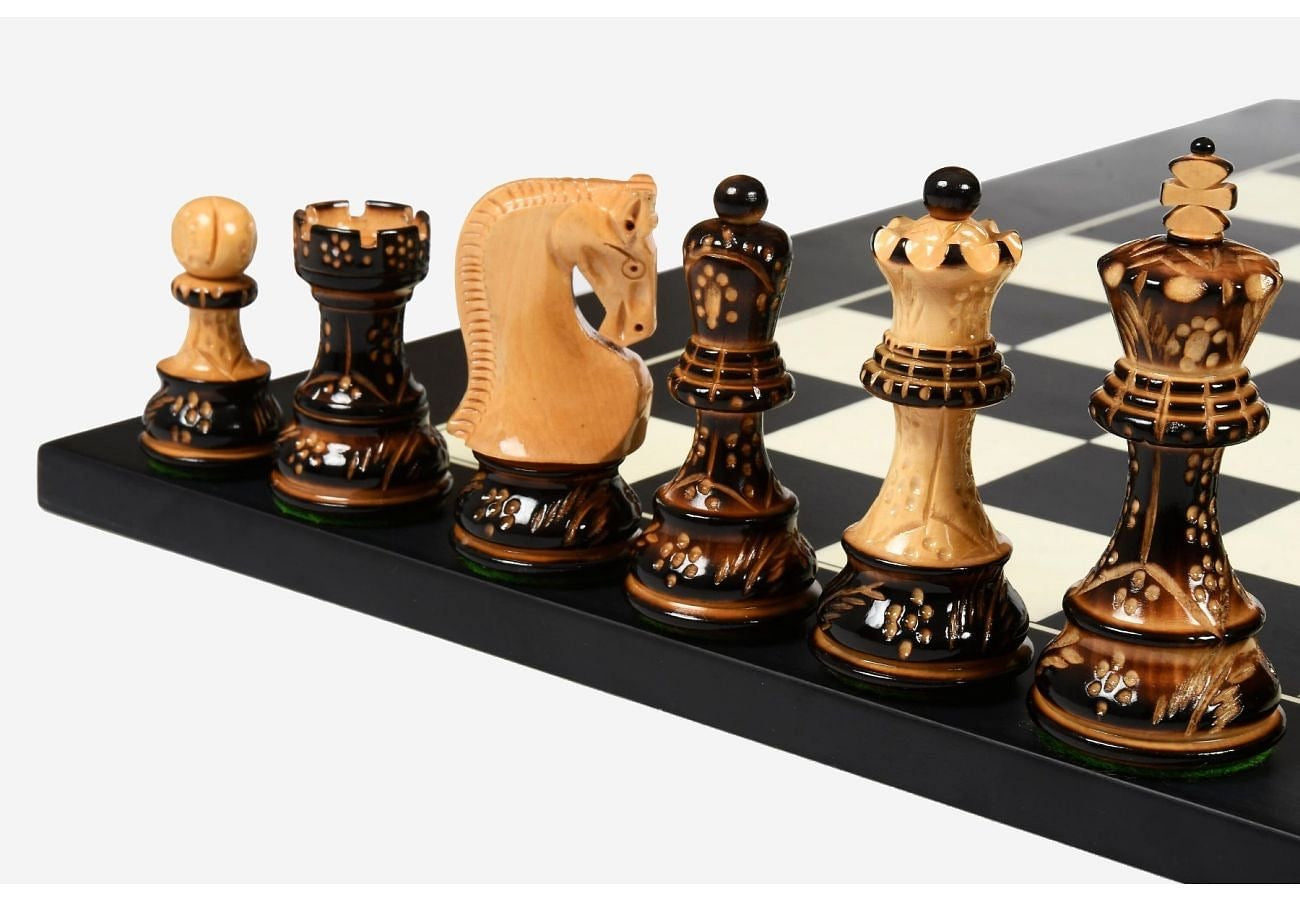
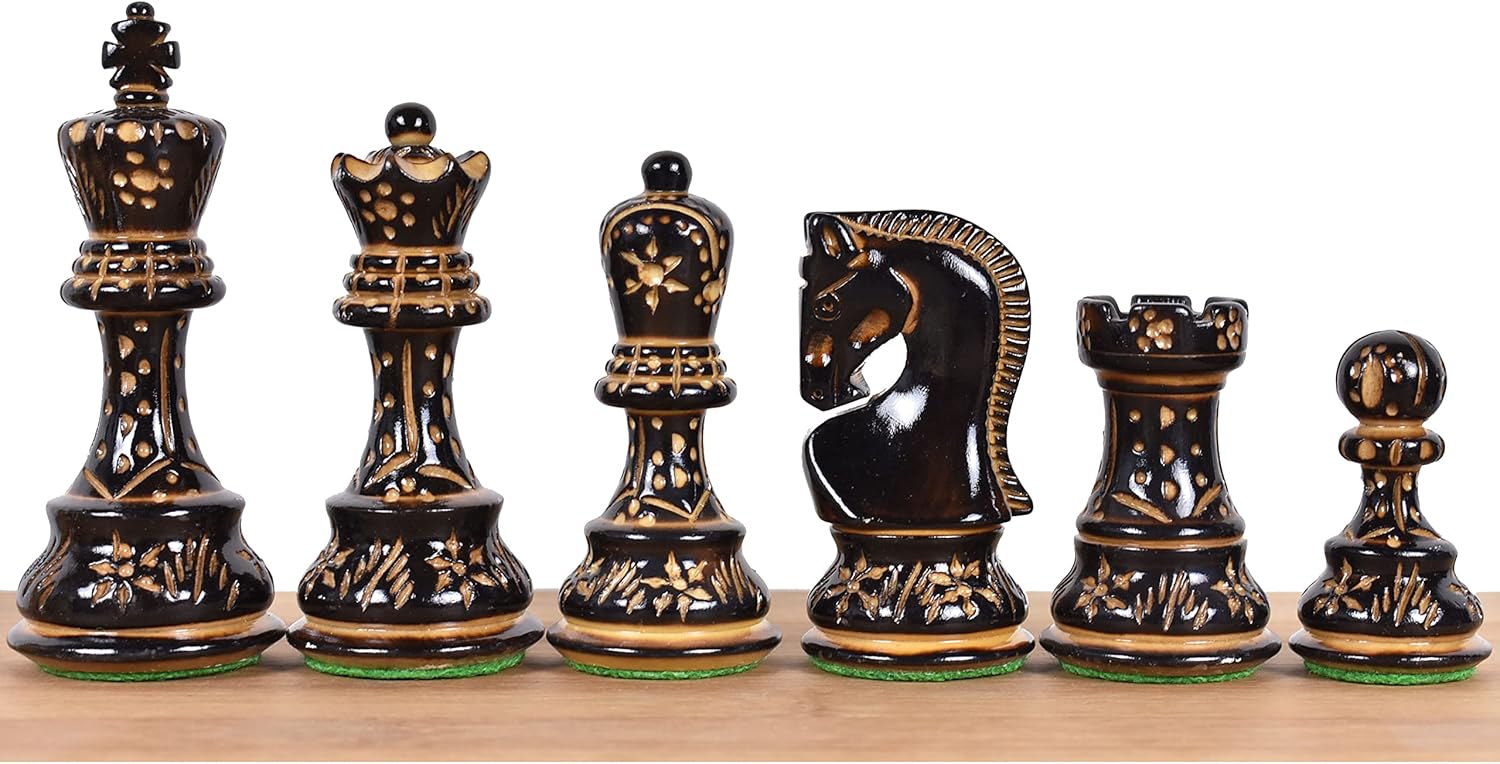
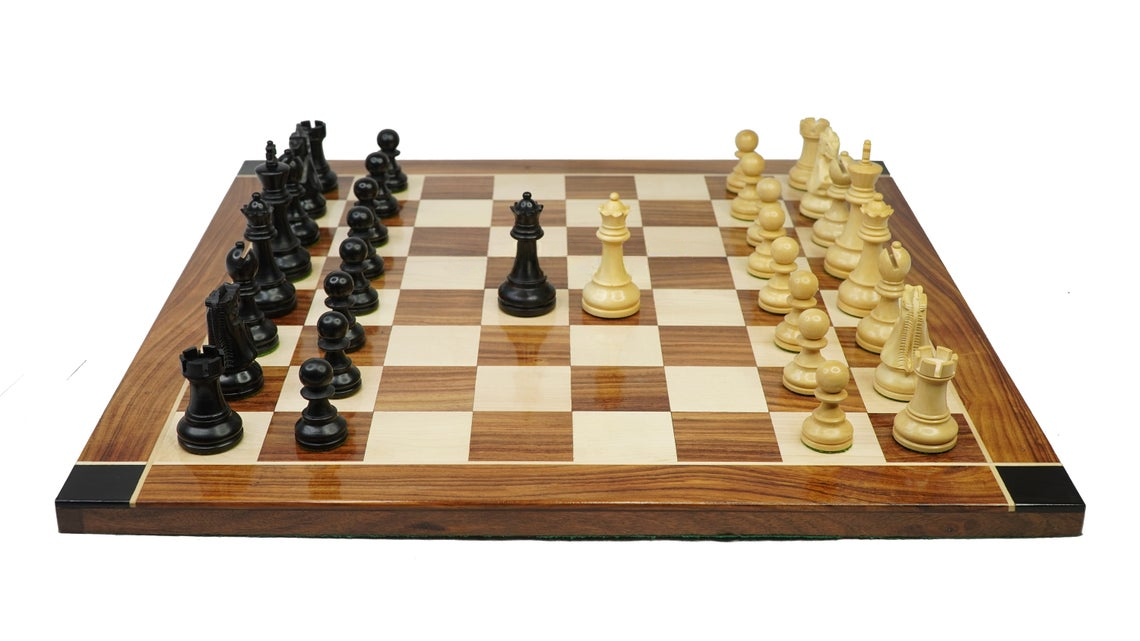

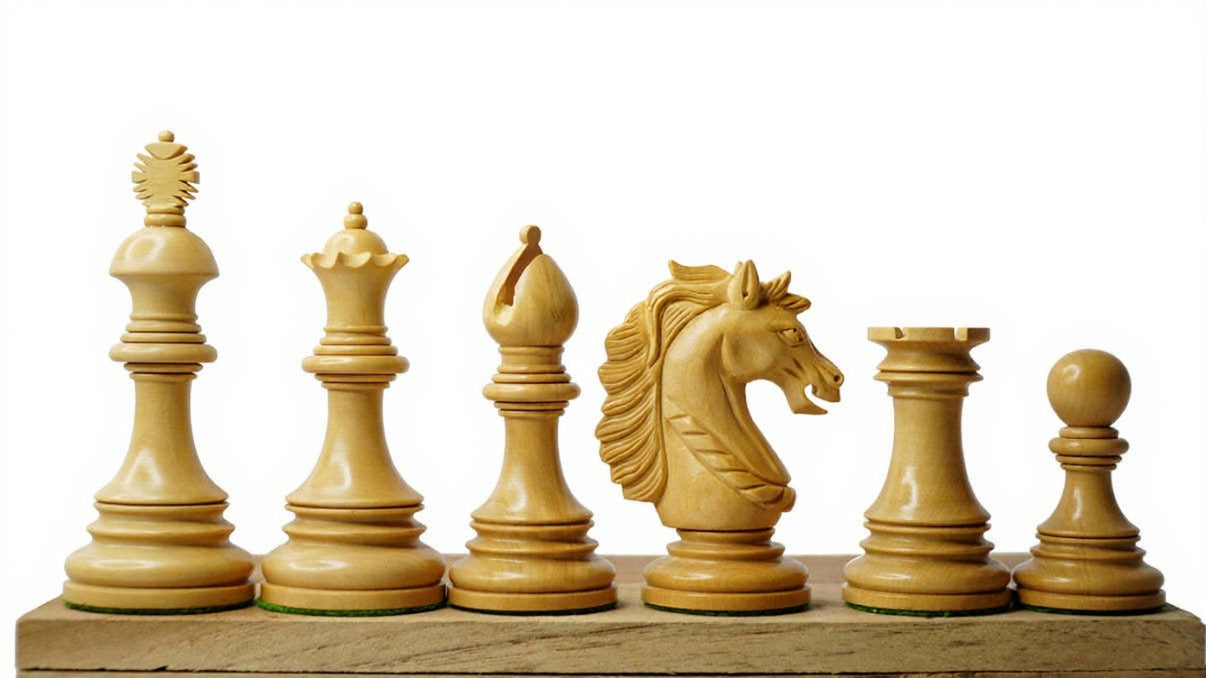
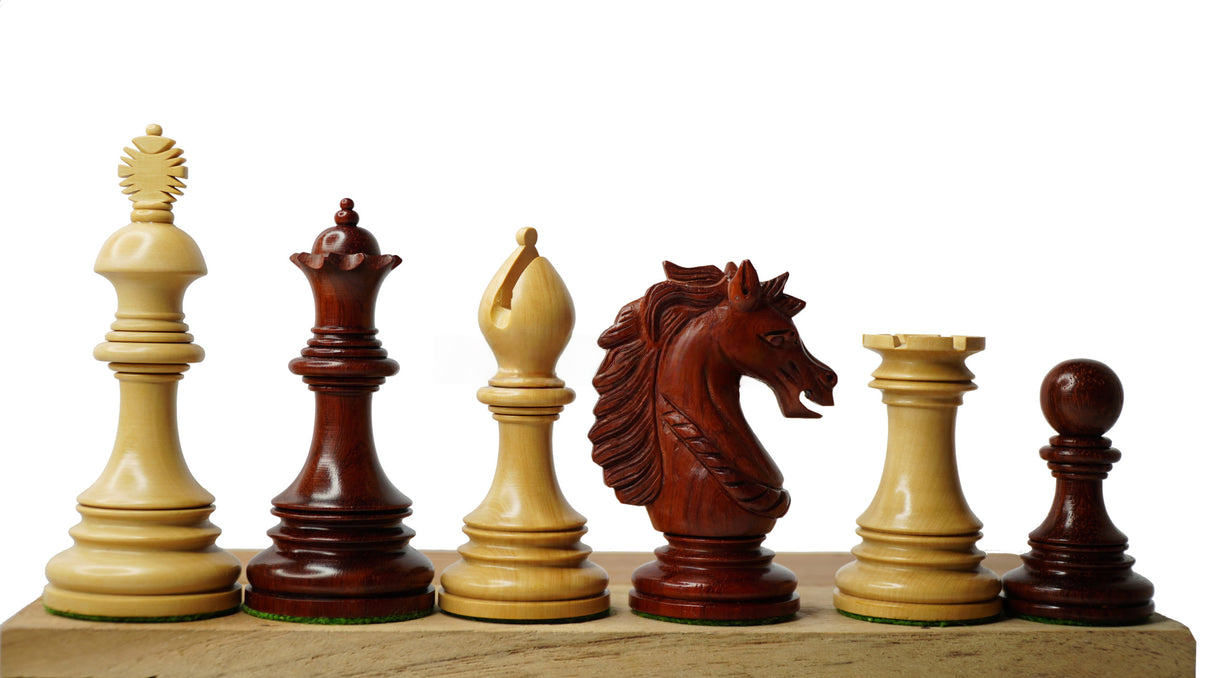
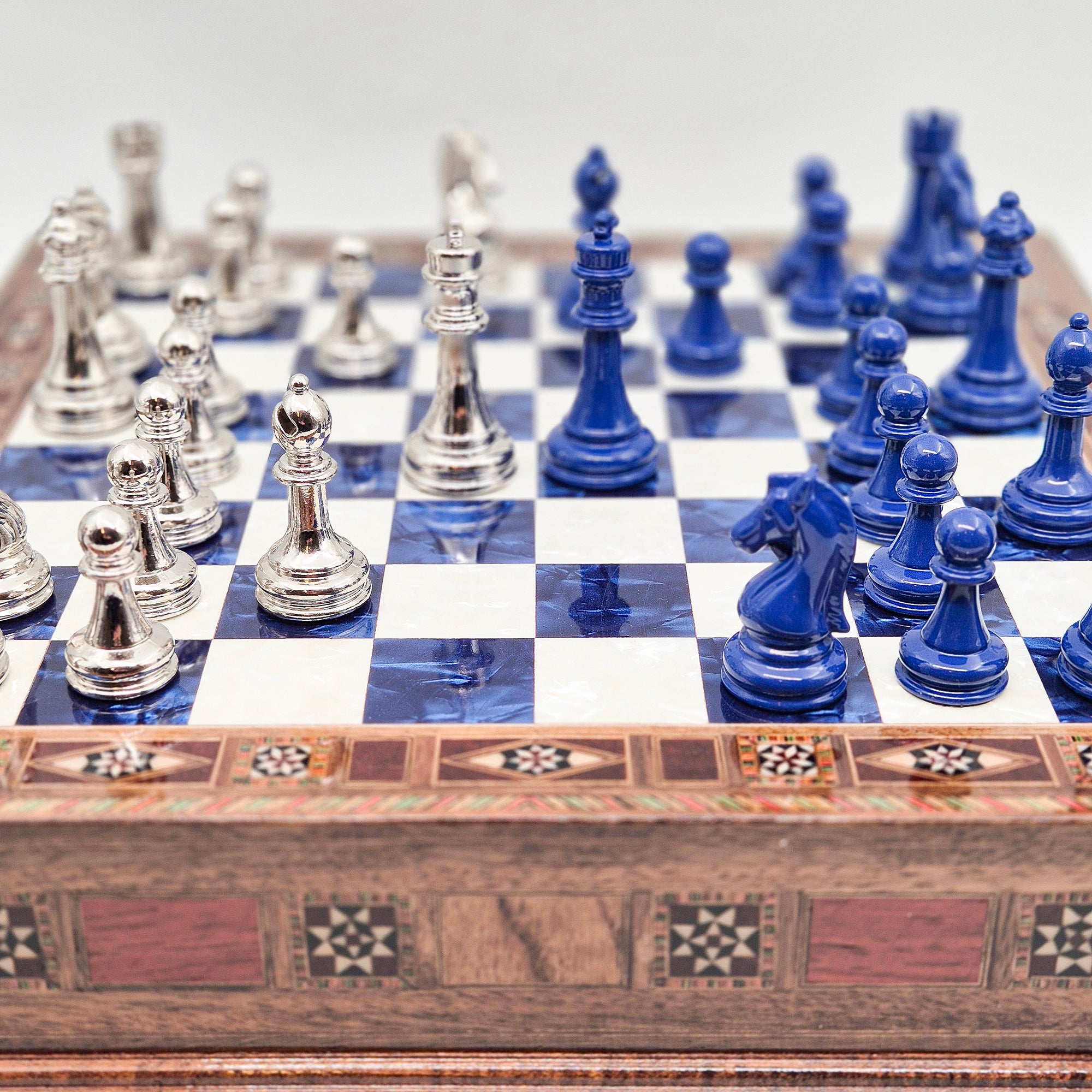


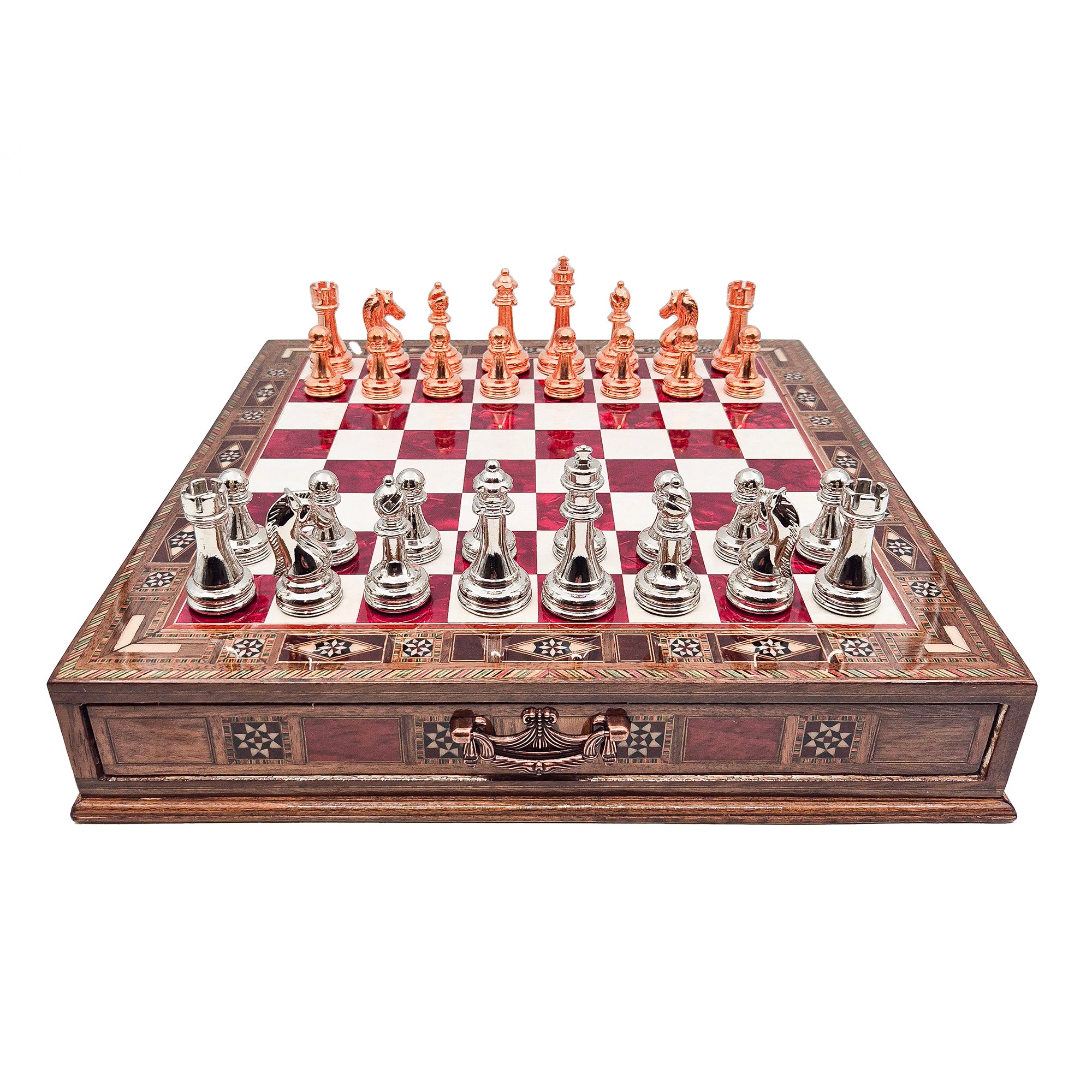
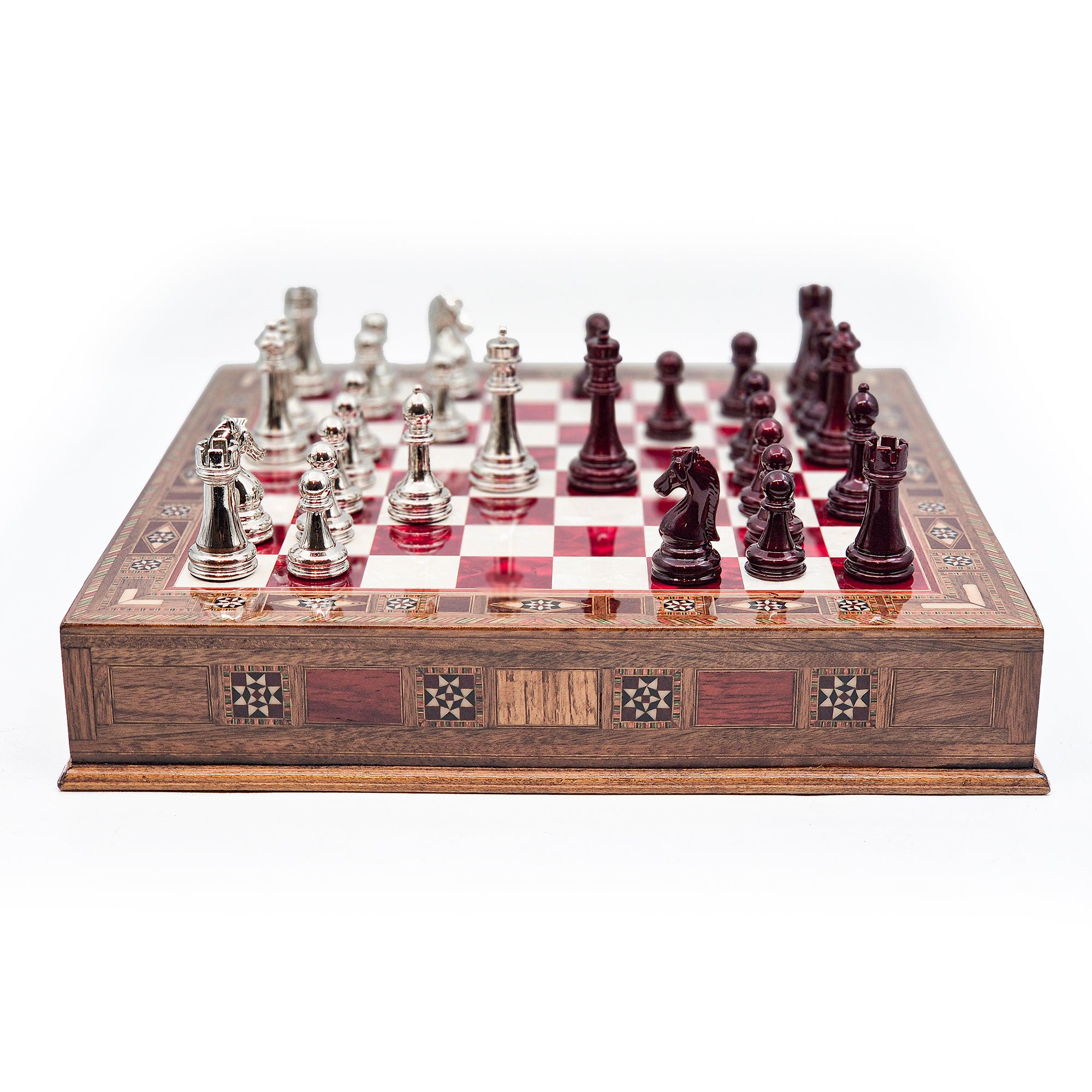
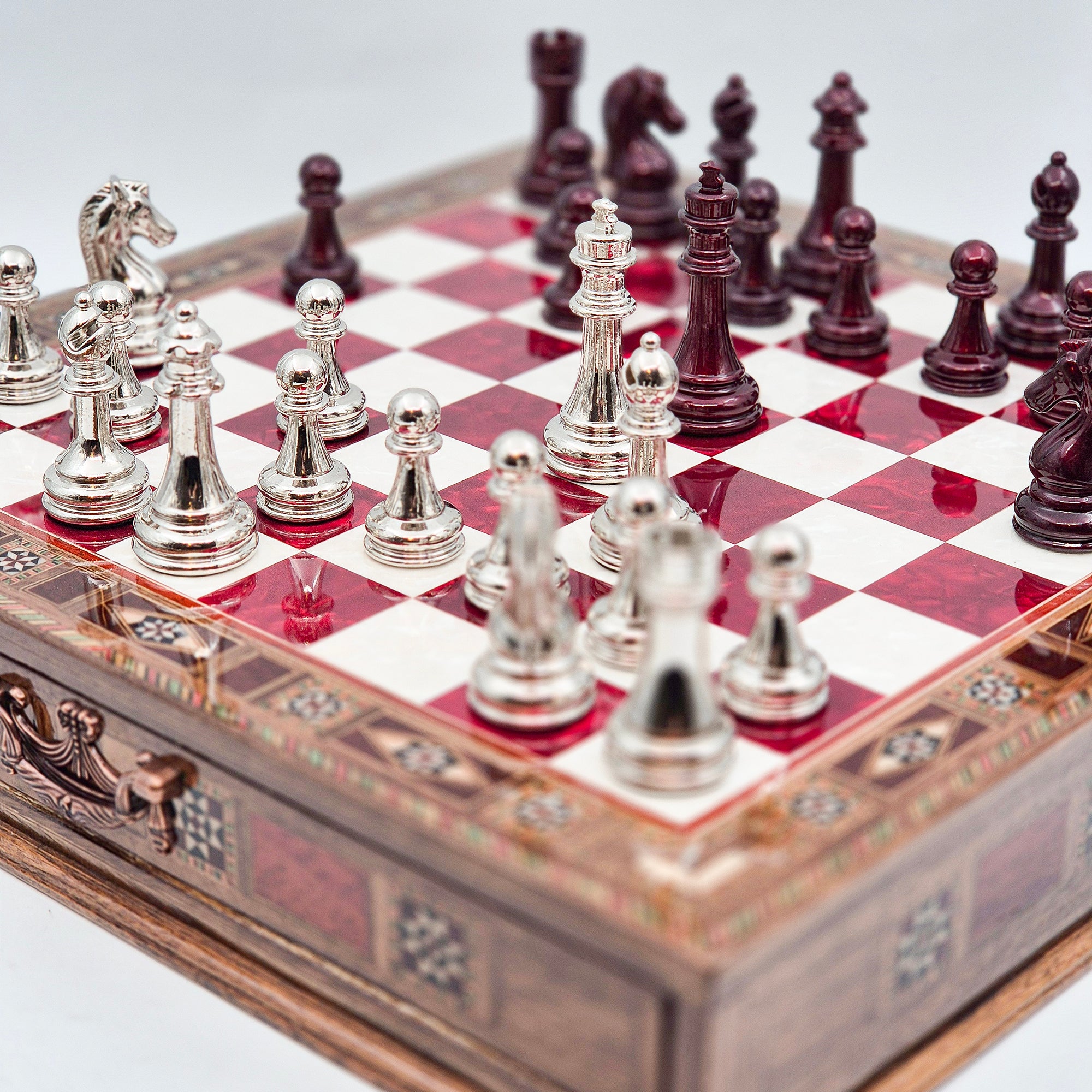
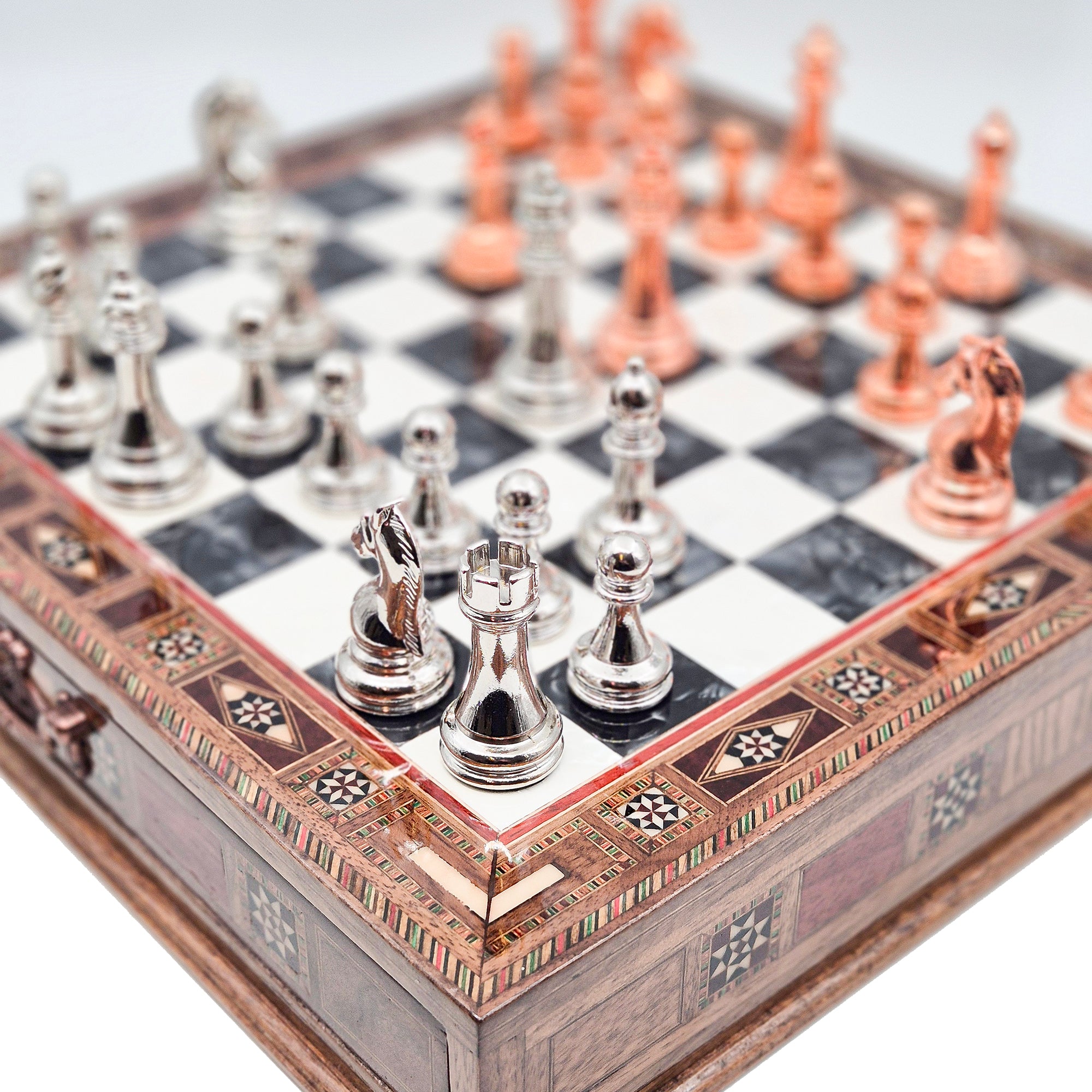
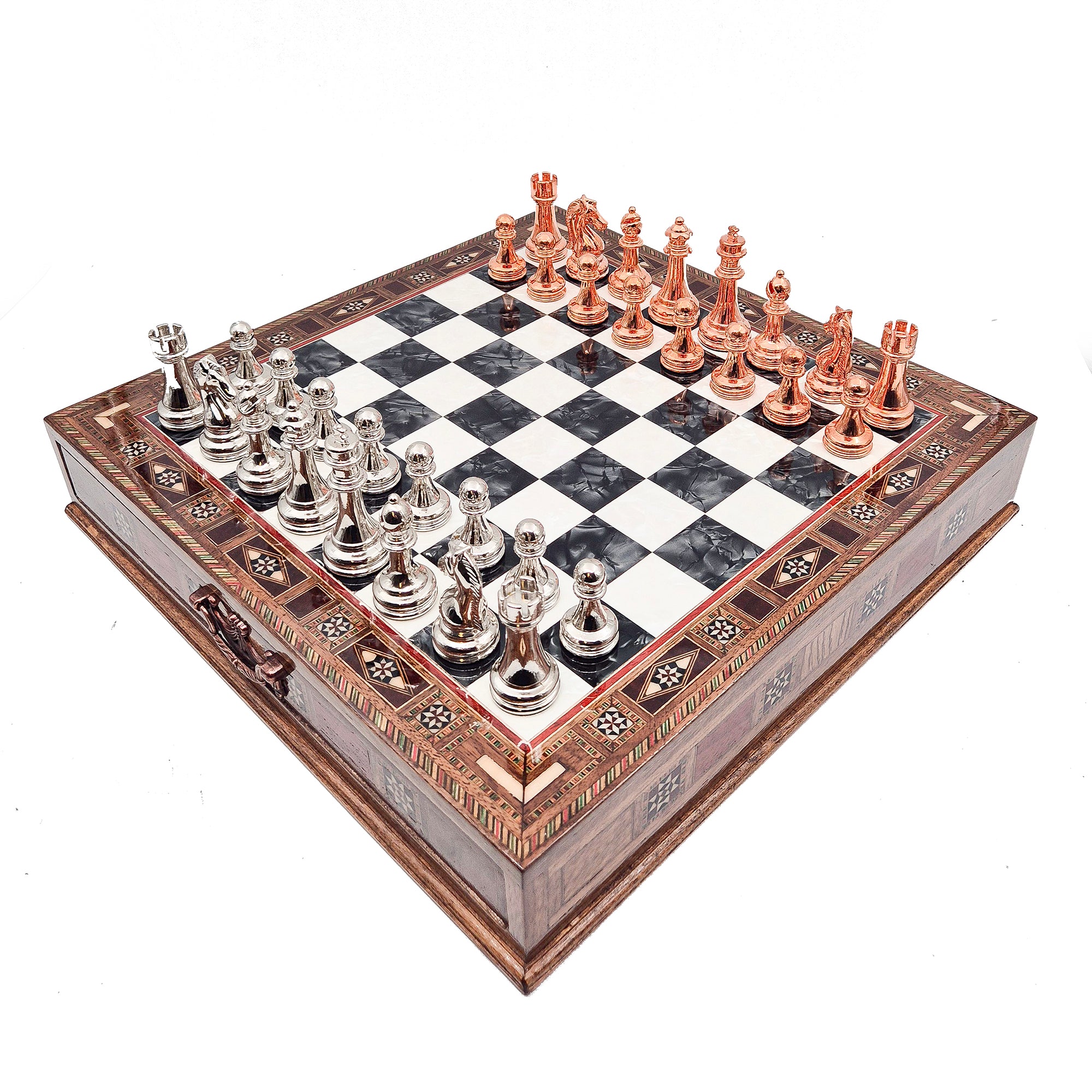


Leave a comment
All comments are moderated before being published.
This site is protected by hCaptcha and the hCaptcha Privacy Policy and Terms of Service apply.